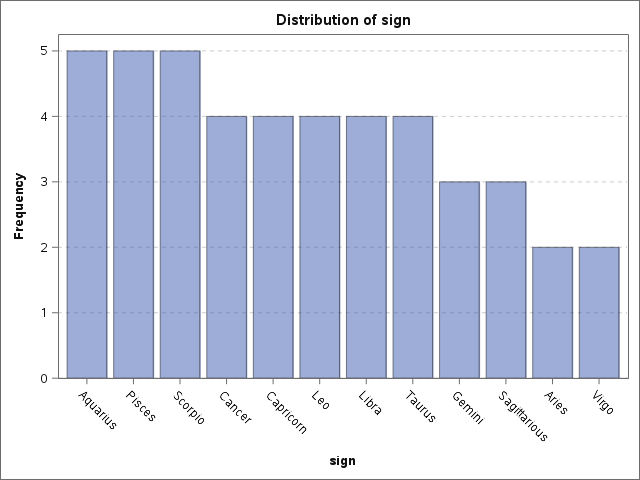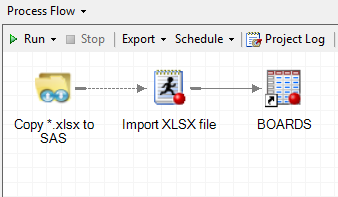The SAS Dummy
A SAS® blog for the rest of us
JSON is the new XML. The number of SAS users who need to access JSON data has skyrocketed, thanks mainly to the proliferation of REST-based APIs and web services. Because JSON is structured data in text format, we've been able to offer simple parsing techniques that use DATA step and

In my earlier post about WHERE and IF statements, I announced that the DATA step debugger has finally arrived in SAS Enterprise Guide. (I admit that I might have buried the lead in that post.) Let's use this post to talk about the new debugger and how it works. First,

In the DATA step, the WHERE statement and the IF statement (a.k.a. the "subsetting IF") have similar functions. In many scenarios, they produce identical results. But new SAS programmers are taught early on that these two statements work very differently, and in important ways. To understand the differences, it helps

Rick Wicklin showed us how to visualize the ages of US Presidents at the time of their inaugurations. That's a pretty relevant thing to do, as the age of the incoming president can indirectly influence aspects of the president's term, thanks to health and generational factors. As part of his

I've supplied dozens of custom tasks for SAS Enterprise Guide, but the Copy Files task is easily the most popular. The Copy Files task allows you to capture "file transfer" steps inside your process flow, so that you can automate any file upload and download operations between your PC and

Have you seen this error when running a program in SAS Enterprise Guide? ERROR: You cannot open WORK.YOURDATA.DATA for output access with member-level control because WORK.YOURDATA.DATA is in use by you in resource environment IOM ROOT COMP ENV. Or maybe: ERROR: A lock is not available for LIB.YOURDATA.DATA. NOTE: The
